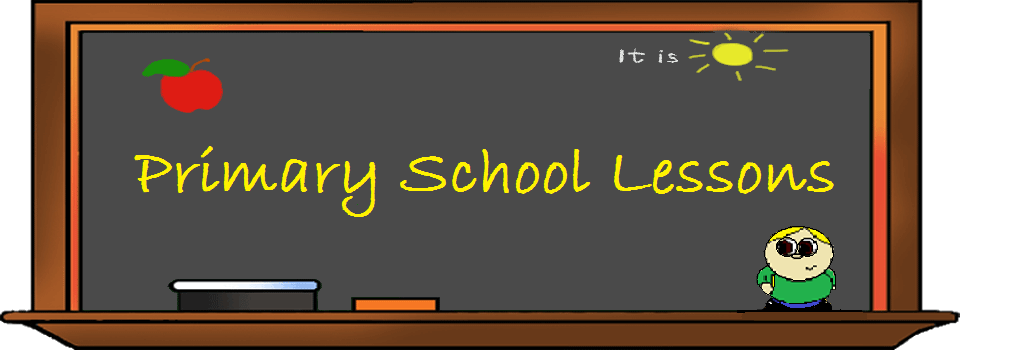Raffle Tickets:
 |
| www.tesco.ie/groceries/Product/Details/?id=259048224 |
I give out tickets for: good work, working quietly, handwriting and presentation of work, answering questions, quizzes, kind deeds, helping teacher, etc. On a Friday, I choose my pupils of the week and they each get 3 tickets. I choose someone as Gaeilgeoir na Seachtaine, someone who was an enthusiastic learner, someone who showed respect and kindness and someone who showed good sportsmanship in P.E. I also give 3 tickets to the student who has won 'Work of the Week'. The children's tickets then go into the draw and winners get a homework pass.
Golden Time:
I used this with my 3rd and 4th Class last year and found it quite successful as a reward system for the whole class. I used this Golden Time Race Track to record their progress throughout the week. Golden time choices (board games, extra P.E., drawing, etc) were then given to the group who won group of the week from ticks on the board.
Cushions:
This year, in order to motivate my 5th Class to complete extra work once they have finished their classwork, children can receive 2 points for their group when they complete a worksheet, Maths card, write a poem or come up with a Maths problem. The group that has the most points at the end of the week, win cushions to sit on the following week.
The Quiet Sign:
I've found this works as well with 3rd and 4th class as it does with infants. I use a door hanger sign when children are engaged in independent written work. The sign has a picture of a child working and says 'Sh, quiet time'. When the children are about to start writing, I go to the door, pick up the
sign and slowly bring it to the handle while counting down from 5, getting quieter each time until 1 is only a whisper. When it is on the door, everyone including me must not speak above a whisper.
 |
| www.clipartbest.com |
When I am looking for attention I say: 'Hocus Pocus' and the children reply: 'Everybody focus!'. If they don't hear me the first time, I will repeat it and they will usually reply the second time. I emphasise how focusing involves looking and listening with their lámha trasna.
Sign a contract:
In our school, we have a set of school rules that we discuss with children on the first day. We talk about which rules they feel are most important, whether any rules have been left out and whether they feel any rules are unfair/unnecessary. Occasionally when they have broken a rule, I ask them to take out their contract and find the one they have broken. They must explain why it is important to keep that rule and they are reminded of their signing of the contract on the first day.
The 3 Warning System:
Unfortunately, no matter how much positive behaviour is rewarded, there must be consequences for children who repeatedly misbehave in class. I give my children 3 warnings:
- Verbal warning
- They must move seat
- Extra work to be completed during break/at home.
Class Discipline Problems:
Sometimes some classes can be particularly challenging and need to be reminded constantly of the behaviours expected of them, especially in 5th and 6th. In the past I have used this checklist to monitor class behaviour during each lesson. Children can then be rewarded for getting a certain score at the end of the week. This score can increase each week as they reach their target.
Last But Not Least: Keep Them Busy!:
Make sure you have activities for children to undertake when they finish their work, as many discipline problems happen when children aren't focused on an activity. You can read about some of my early finisher activities in this post. Songs, poems and reciting tables are all good transitional activities to do while children are changing books to reduce noise in the classroom. Make sure you give them time before a lesson to take out books, line copies and write titles and dates so that when it comes to the written part of the lesson, they can start straight away.



























